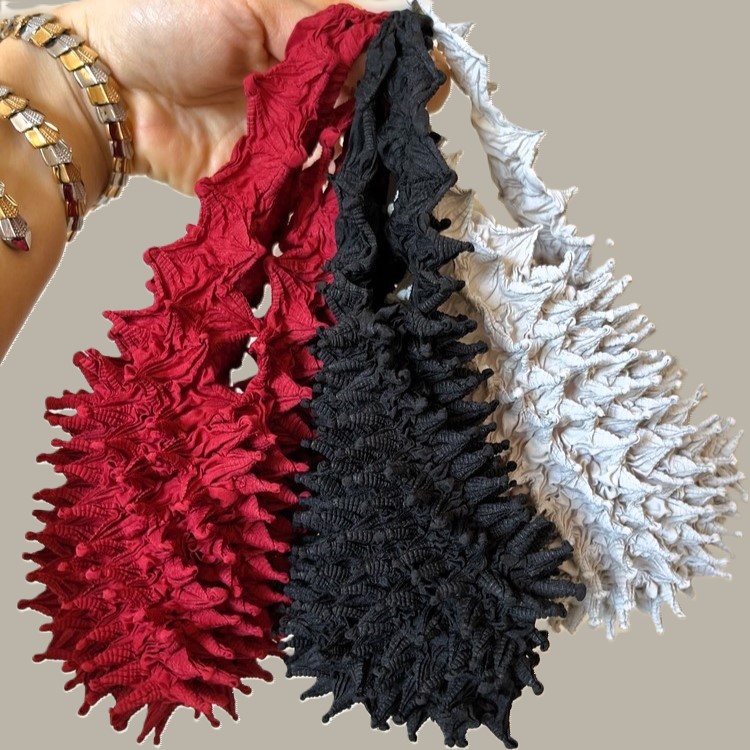Whispers of Revival: Red Pine’s Love Song
Say hello to your new favorite eco-friendly notepad! This charming, post-it-sized gem is handcrafted from reclaimed Akamatsu red pine, blending Japanese artistry with sustainable charm. Perfect for jotting down quick notes, reminders, or little doodles, each page showcases the natural beauty and unique character of wood that evolves over time.
Experience the timeless allure of Yamatowa’s Wood Leaf Notepad, a true testament to nature’s elegance. Crafted from reclaimed Akamatsu red pine, this exquisite journal is born from the ancient art of Kyogi and meticulously handcrafted by skilled Shokunin artisans in Nagano, Japan. Each page tells a story of revival, transforming wood that would otherwise be incinerated due to the threat of pine wilt disease into a masterpiece of nature and tradition.
The process begins with selecting Akamatsu red pines from the serene Shinshu Ina Valley. The Shokunin artisans carefully shave thin sheets of wood, known as Kyogi, from the reclaimed pine. This delicate art requires precision and dedication, ensuring each page retains the natural beauty and unique character of the wood.
Ideal for anyone who loves stylish, eco-conscious stationery. Be among the first to own this delightful piece and make every note a little more special. Embrace its unique imperfections and let the Red Pine’s Love Song resonate through your notes.
Discover the elegance of nature today!












